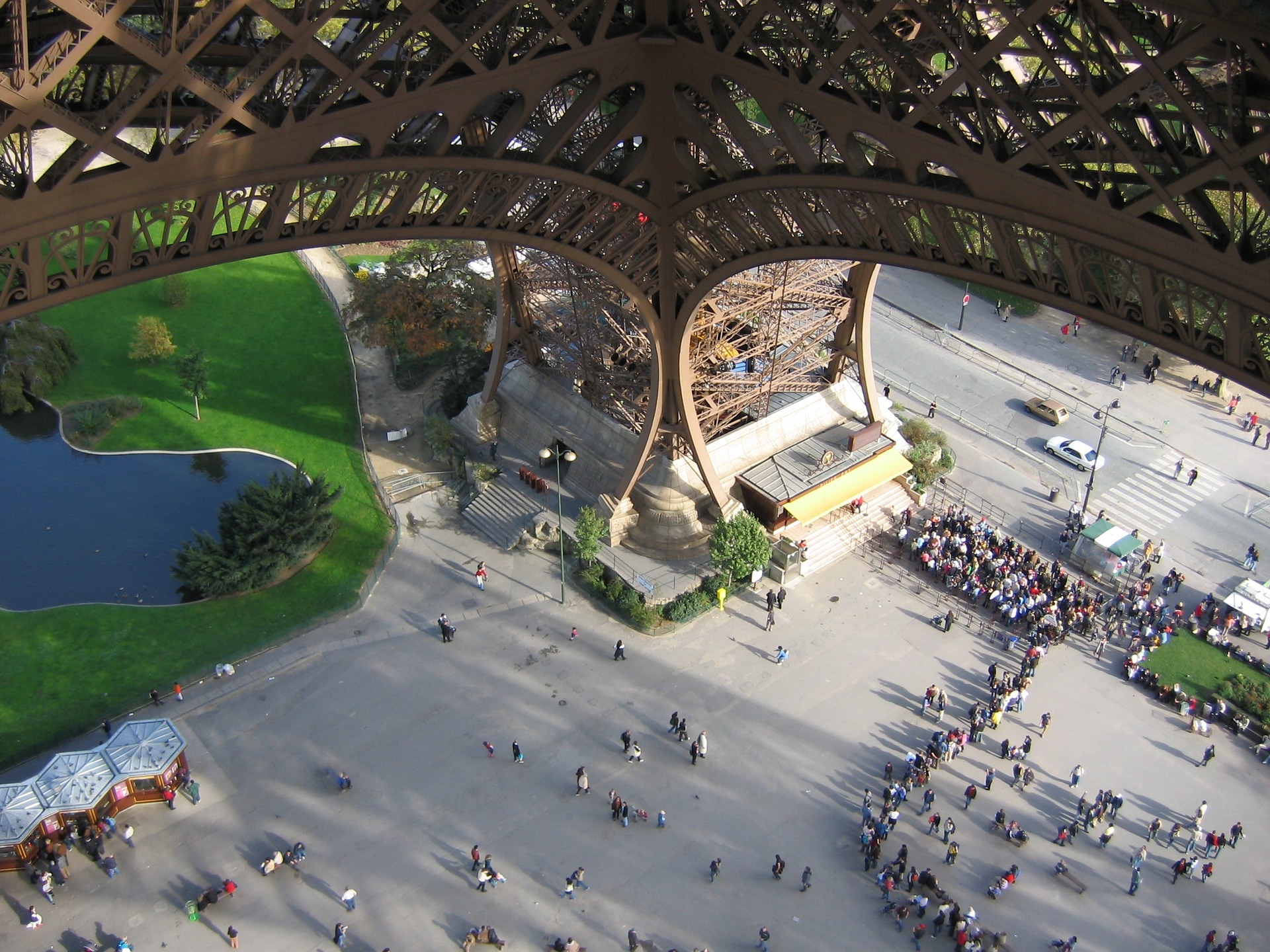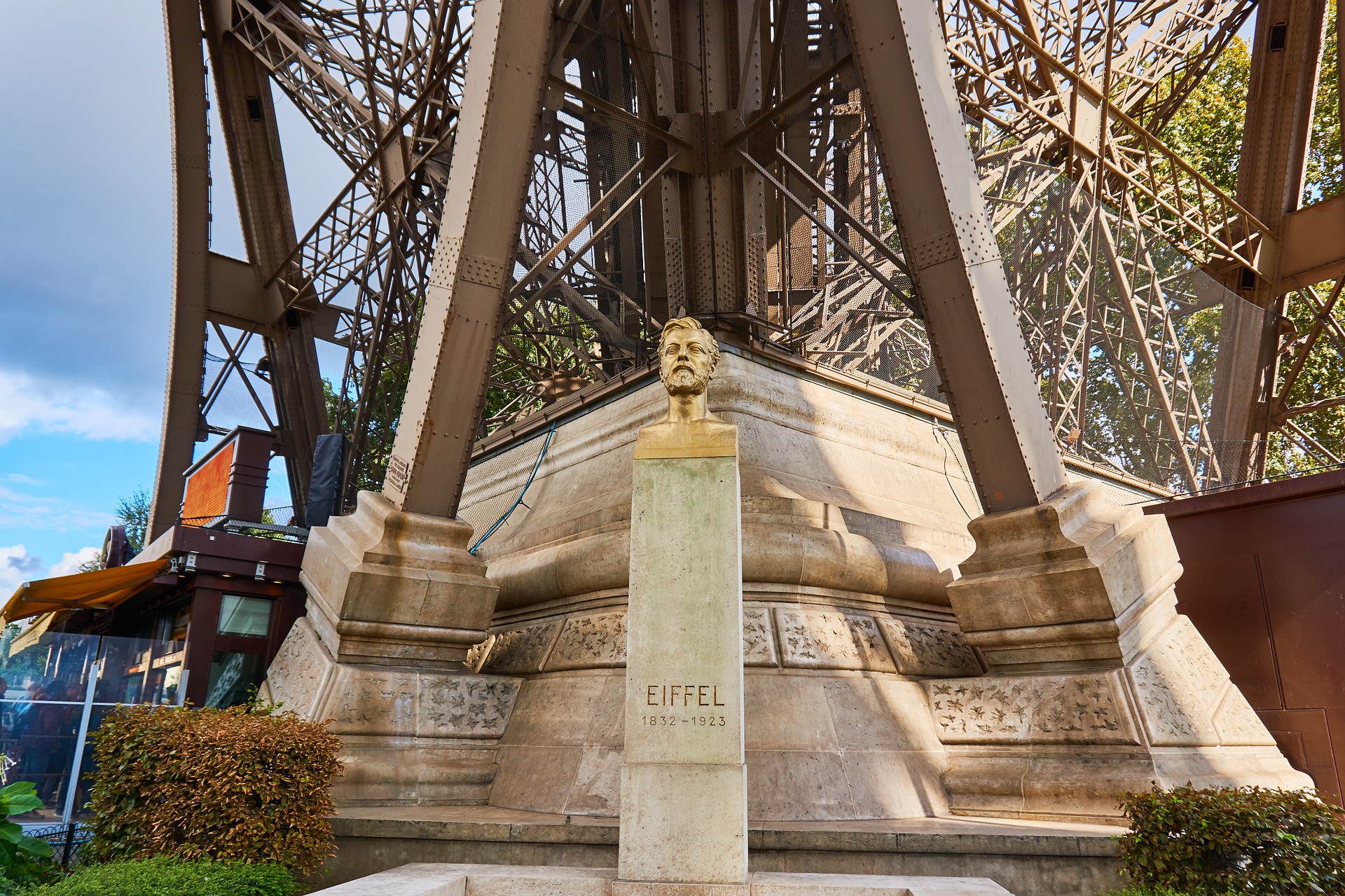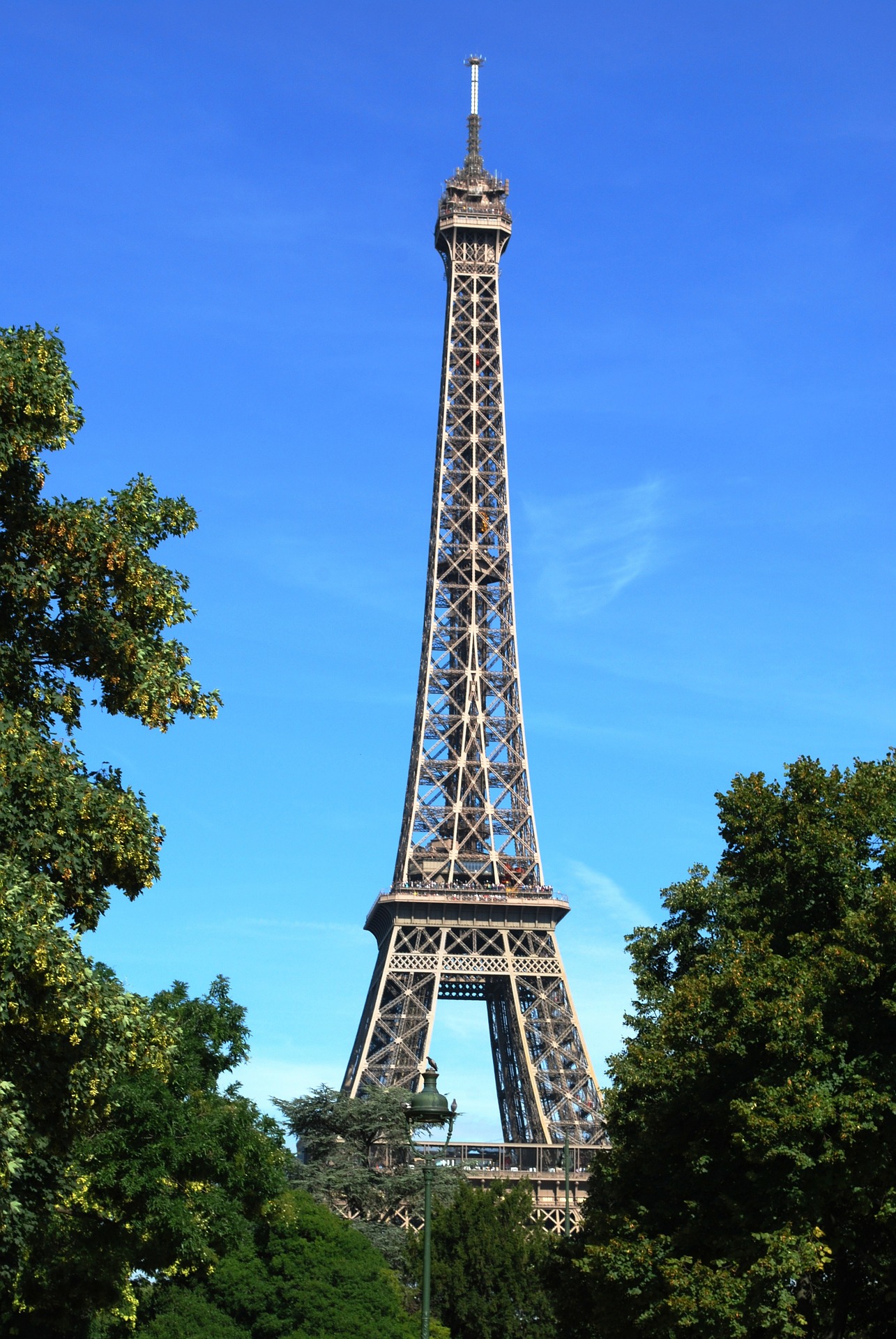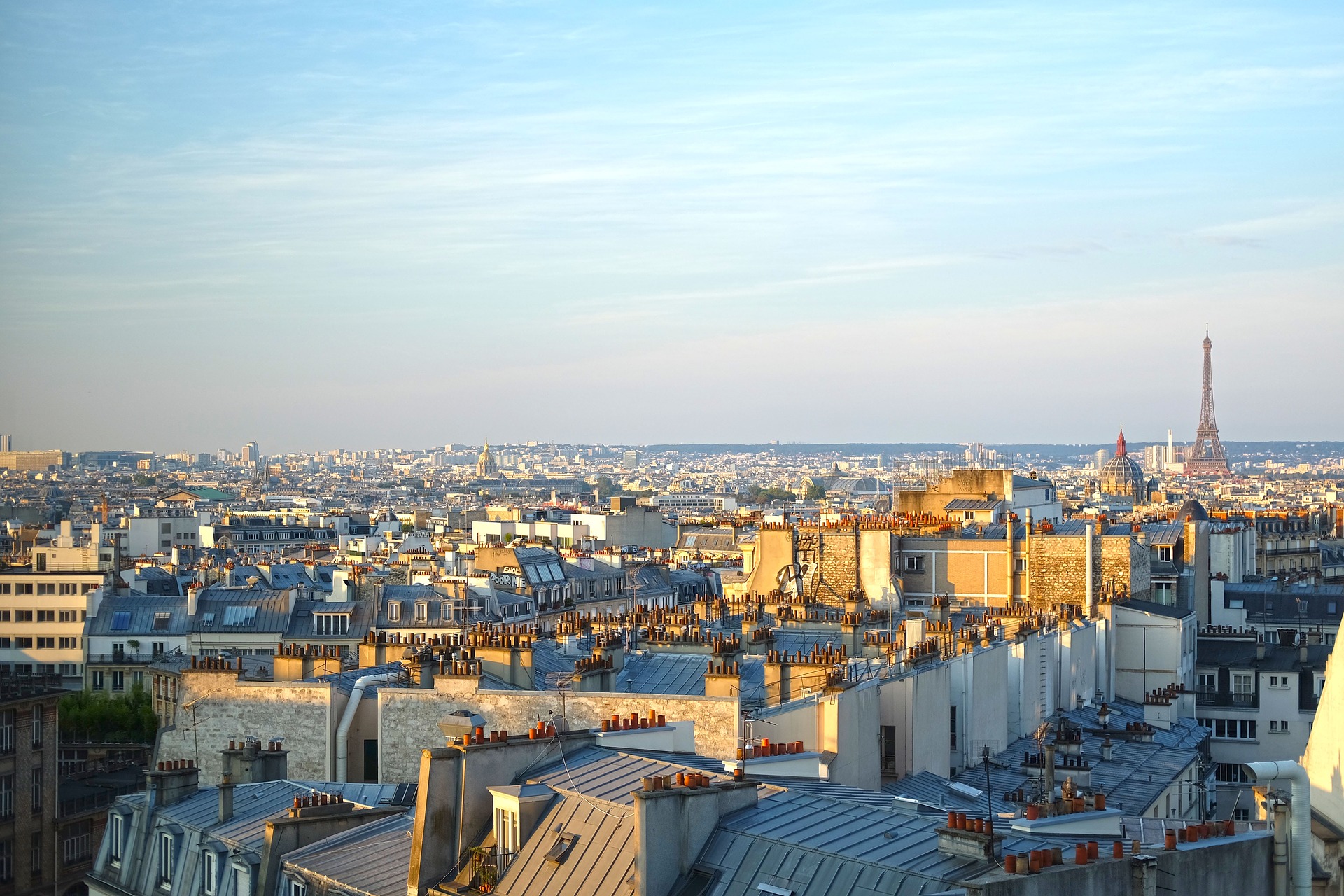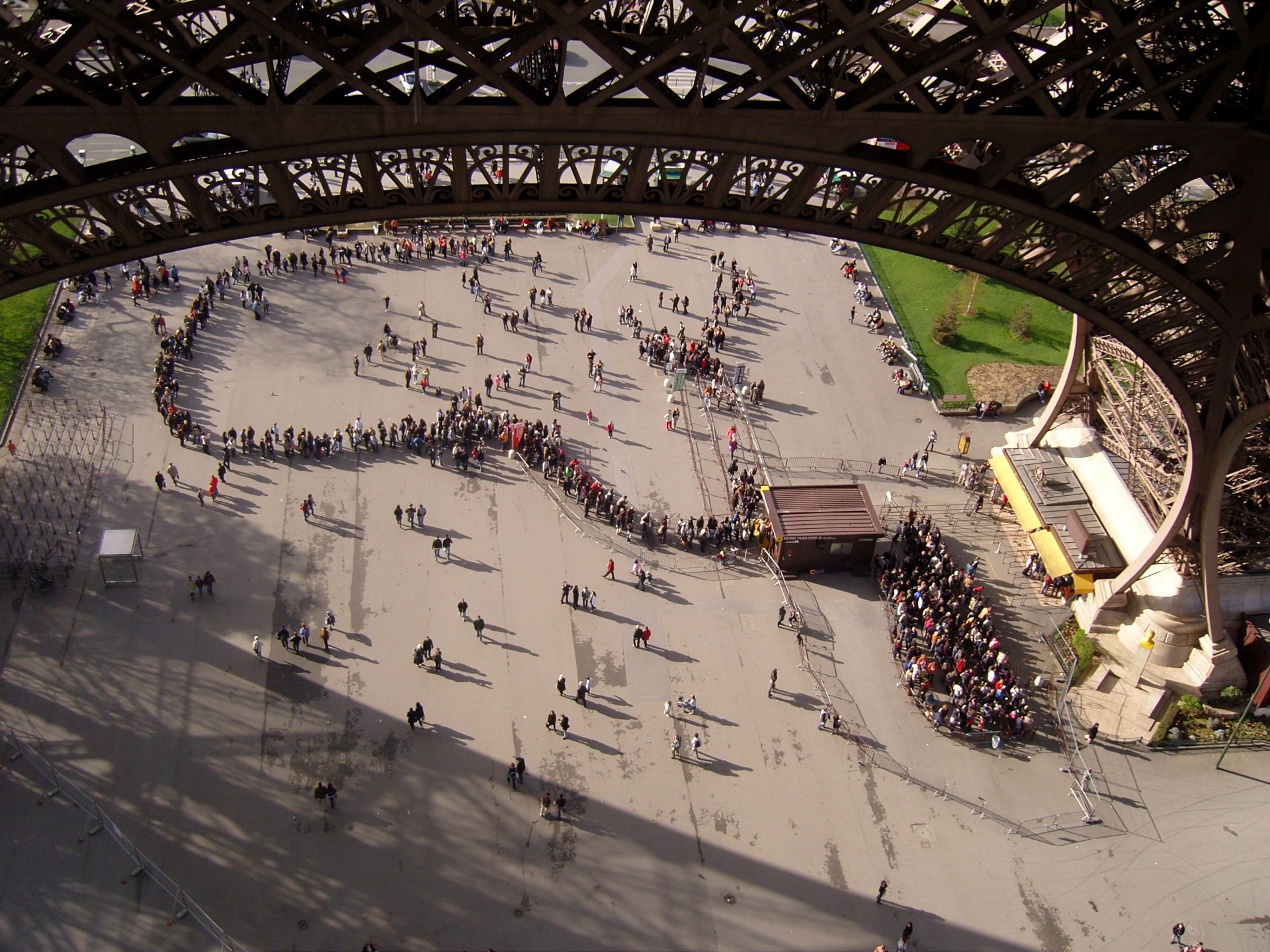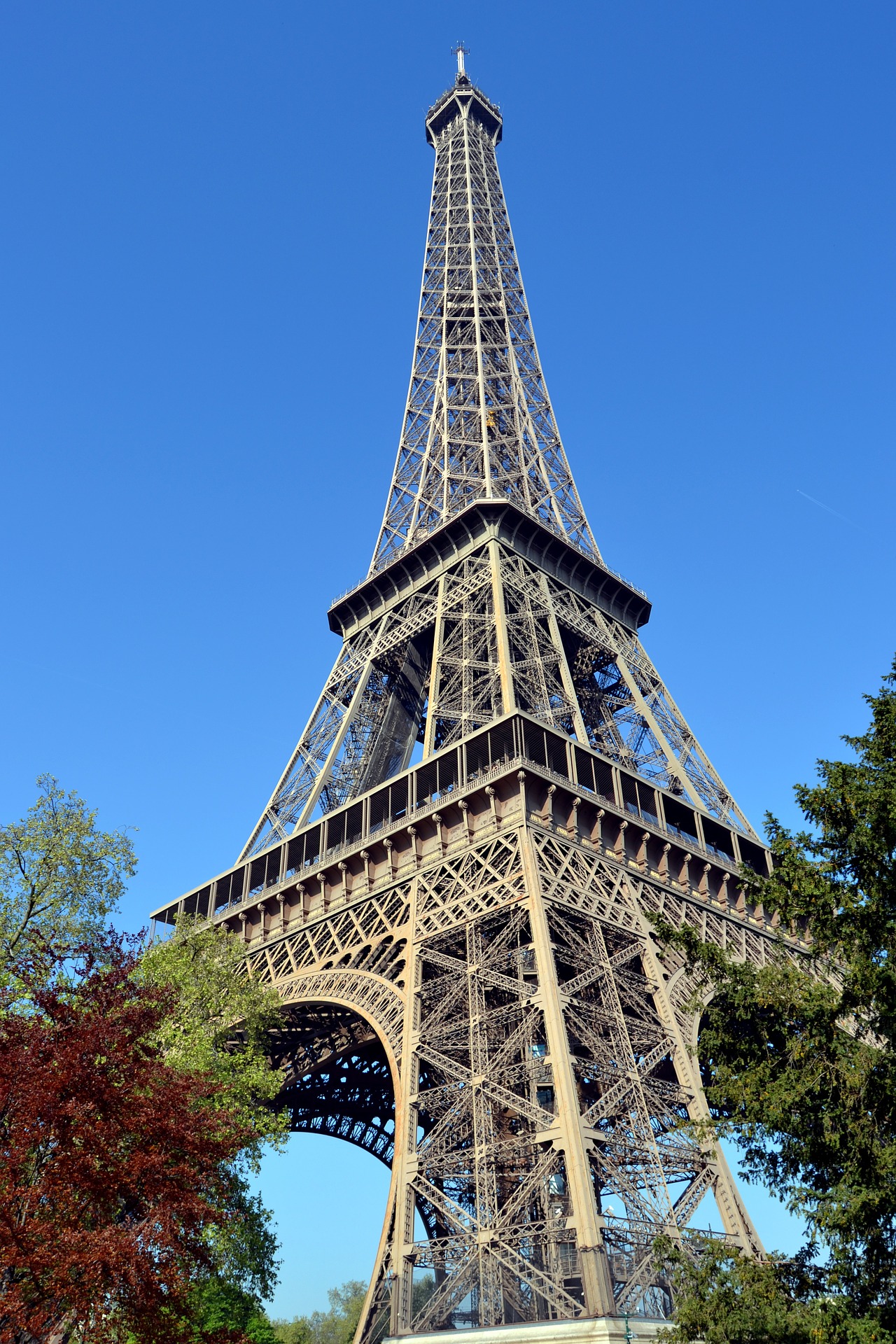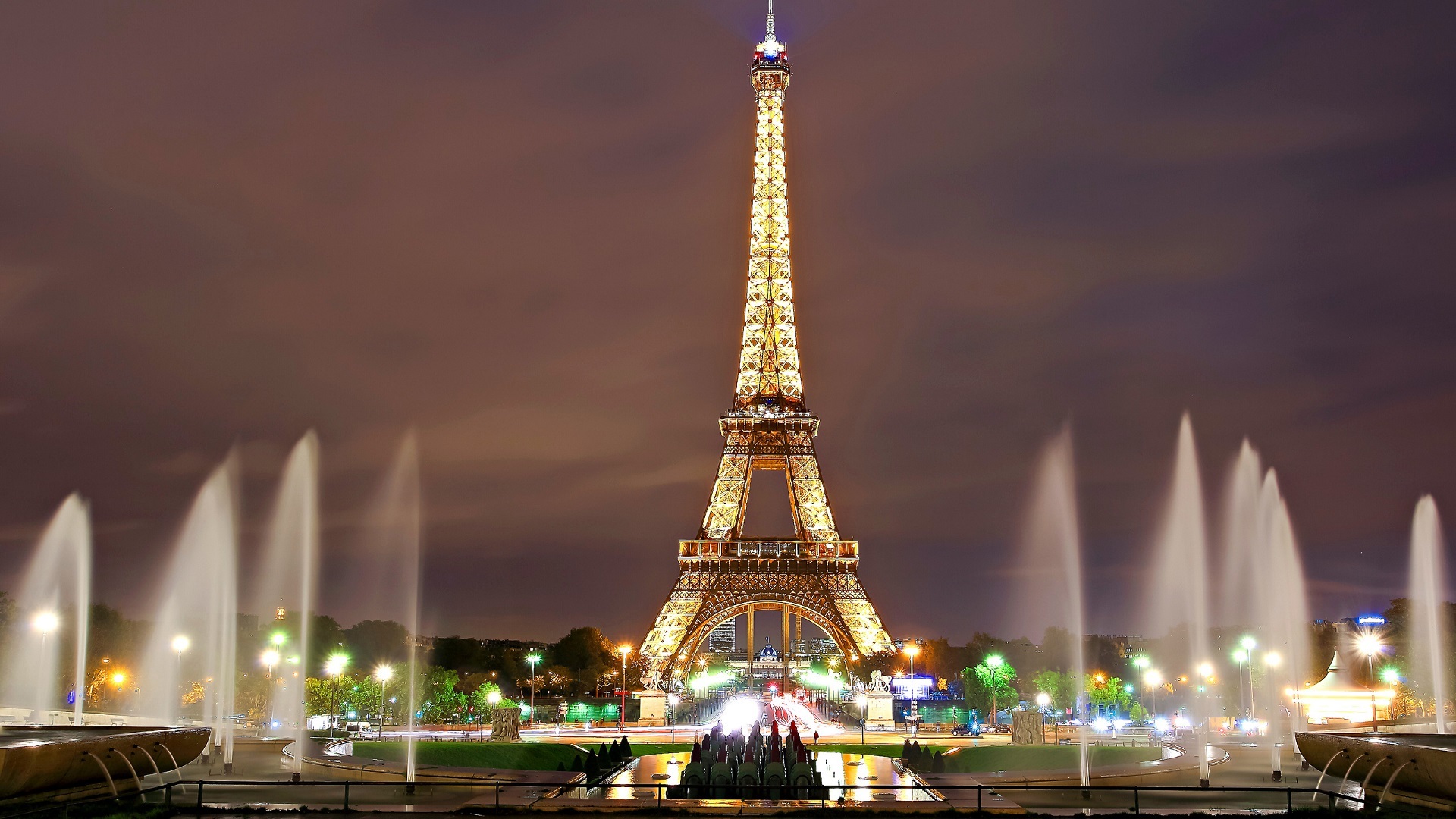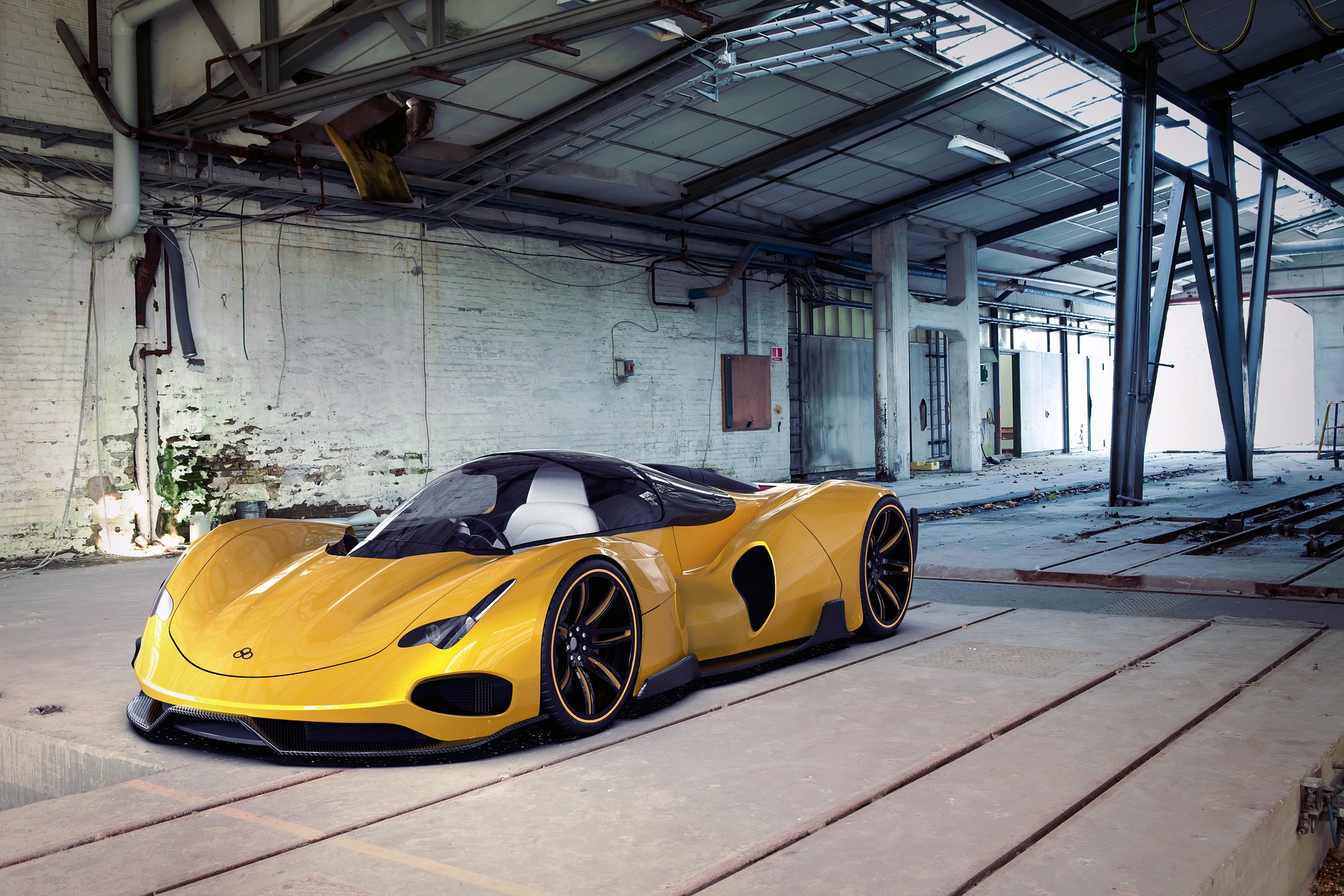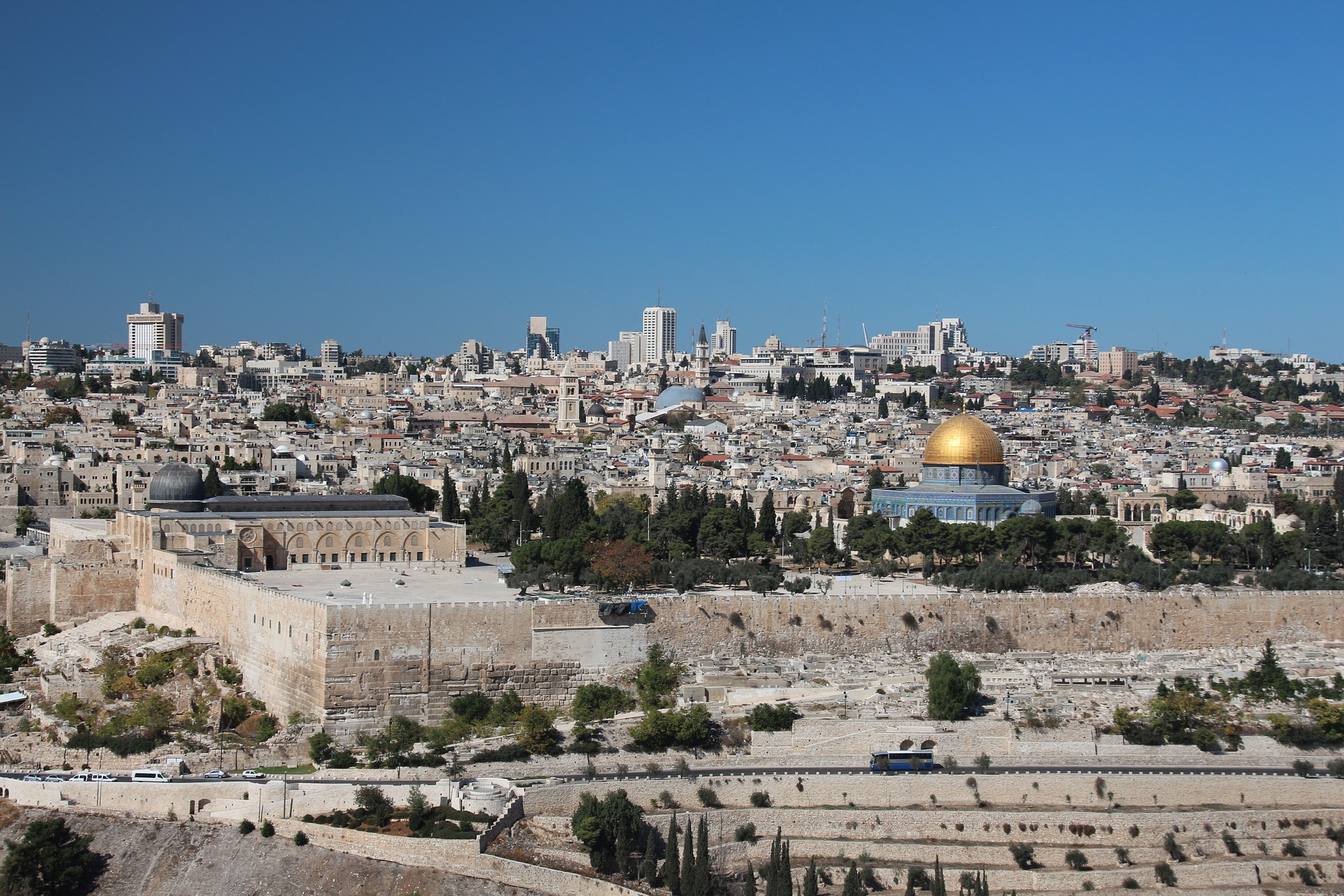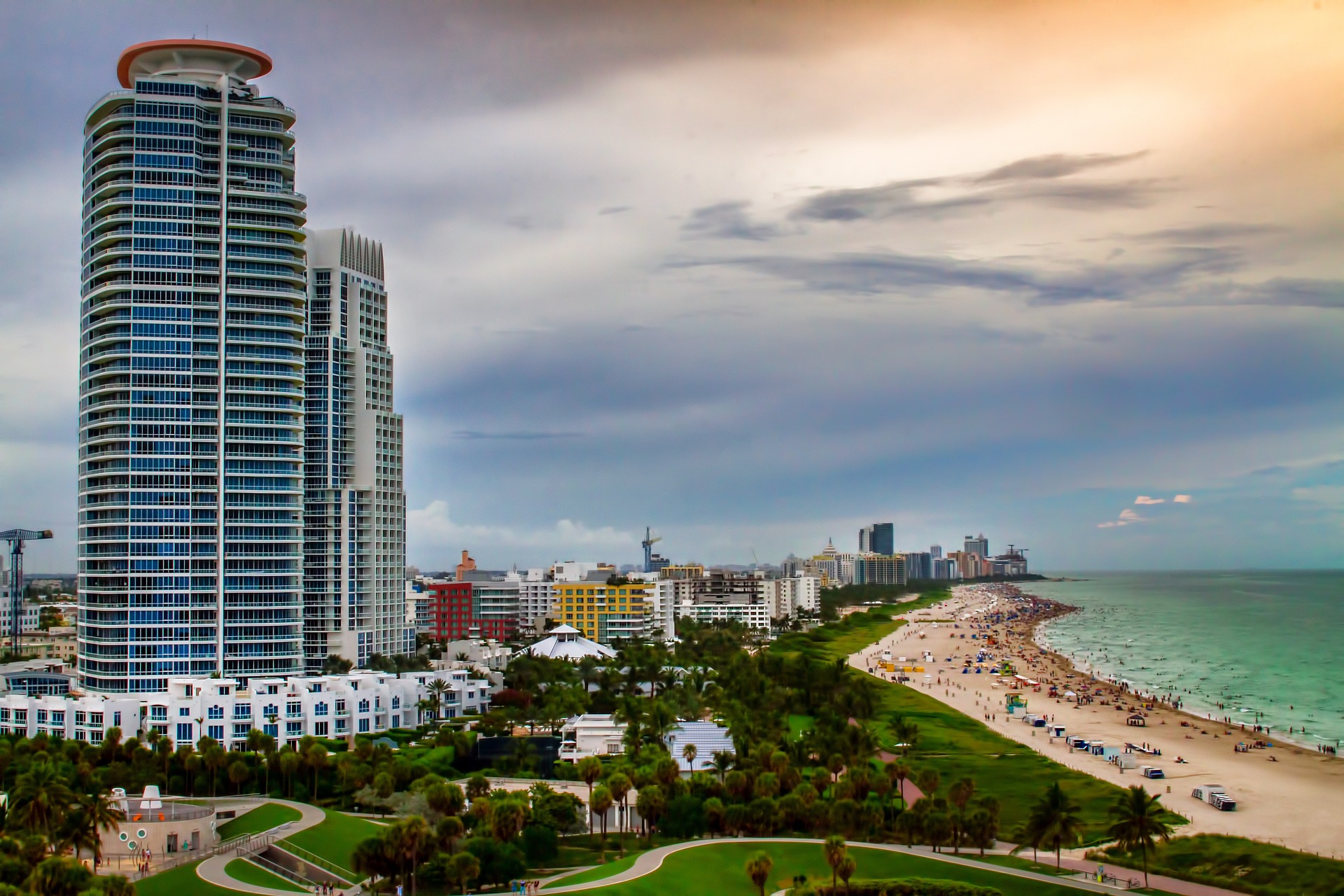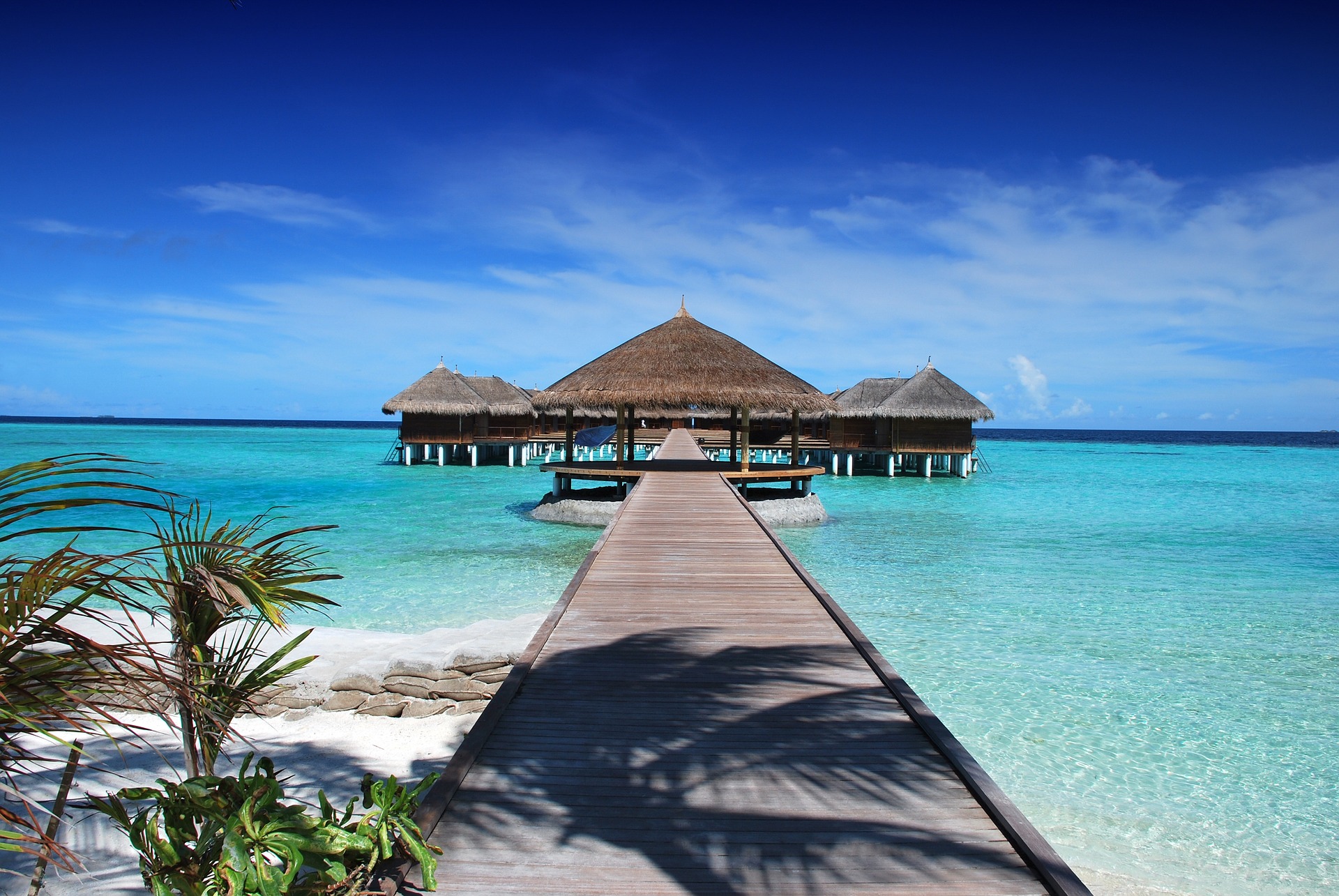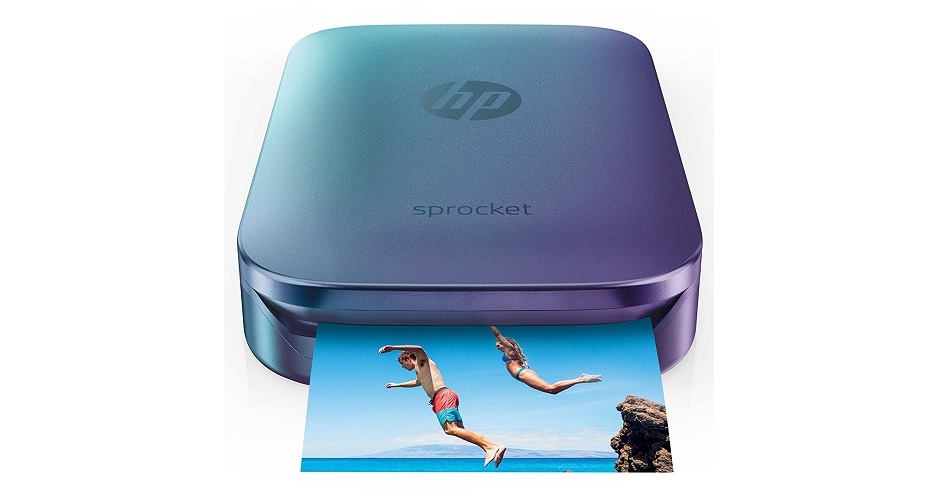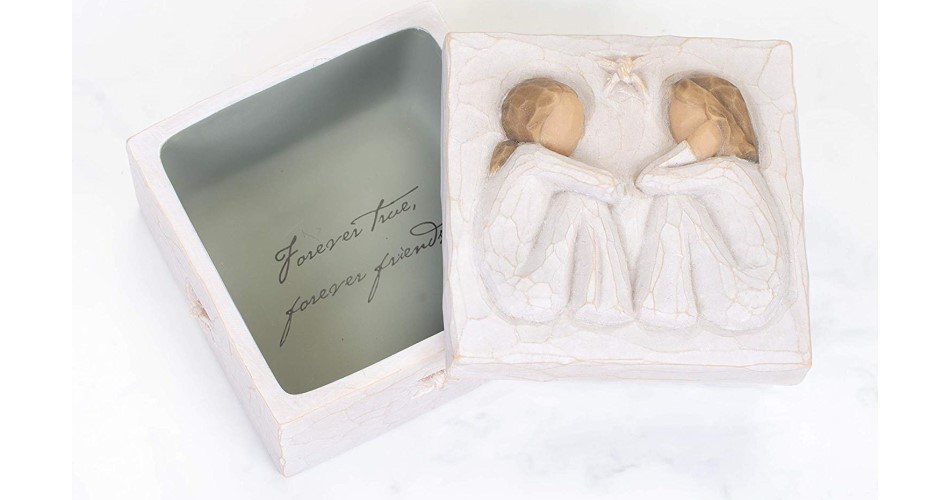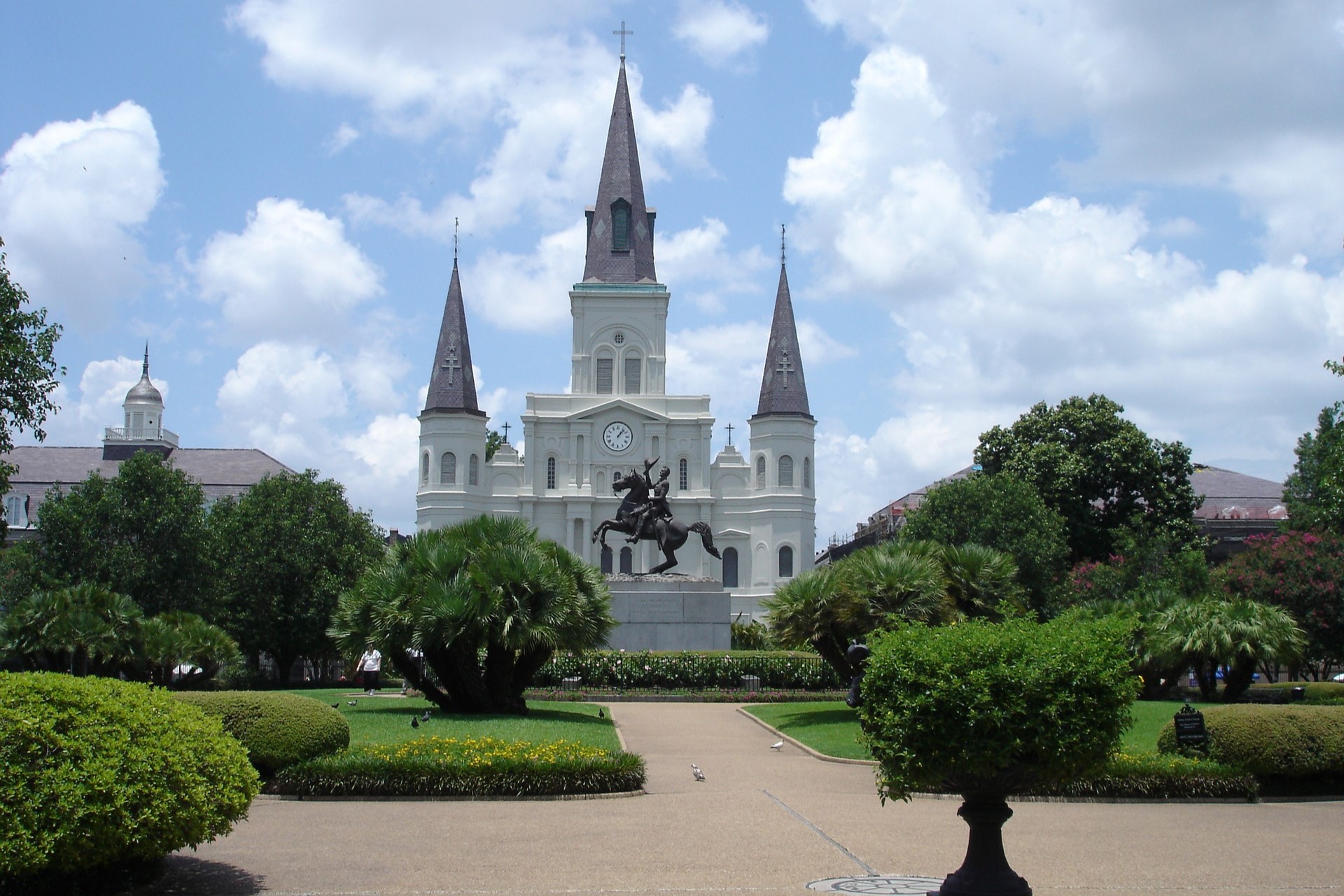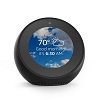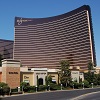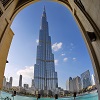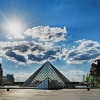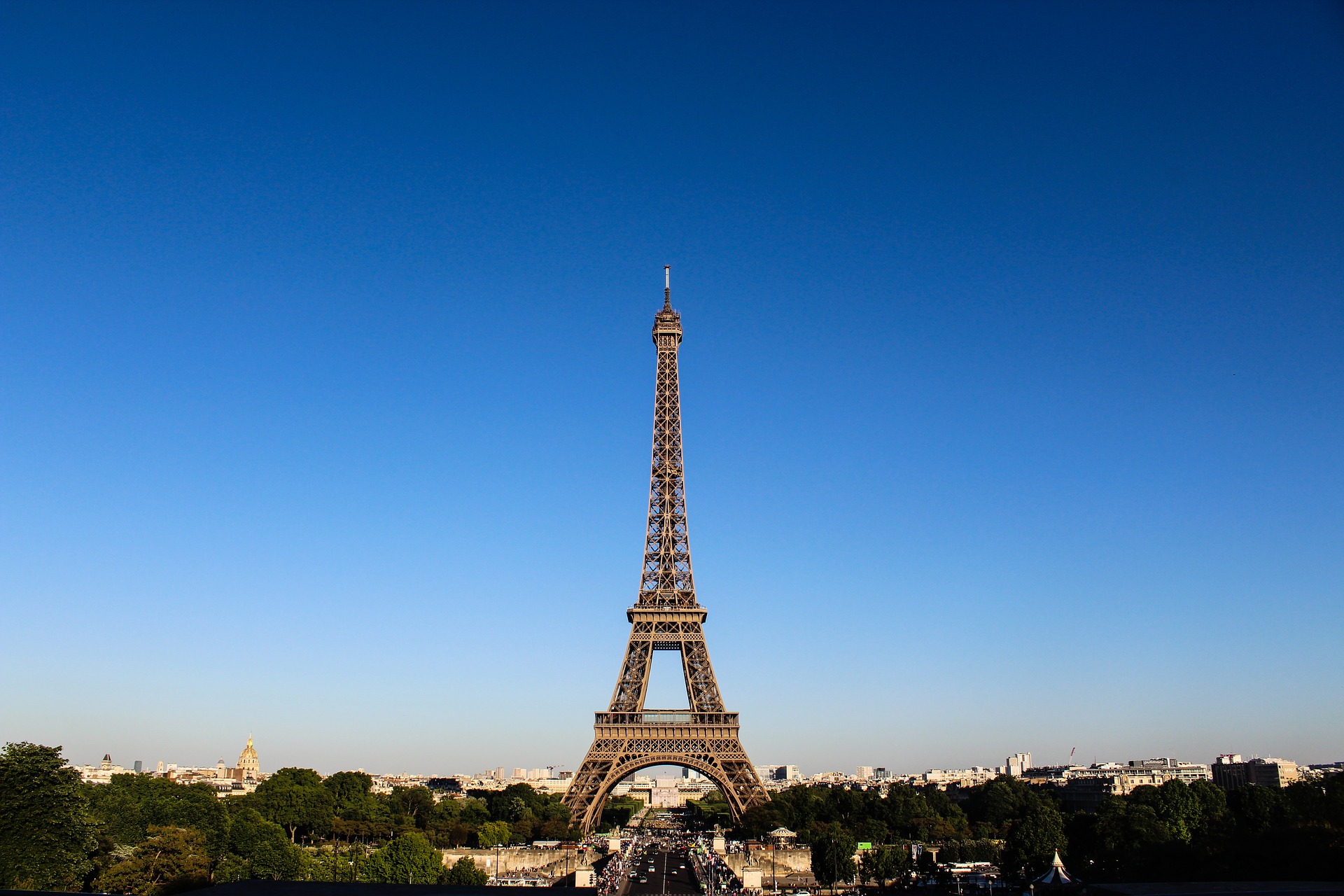
10 Interesting Facts About The Eiffel Tower, Paris
The Eiffel Tower is to Paris what Big Ben is to London, what the Statue of Liberty is to New York City, what the Great Wall of China is to Beijing and what the Sydney Opera House is to Sydney. The exception being that the Eiffel Tower is more recognizable and more popular.
Built in 1889, the iron latticework of the Eiffel Tower is a cultural symbol of Paris, France. Located on the Champ de Mars, it is one of the most familiar structures and most easily recognized landmarks in the world. It is no wonder that it is one of the world’s most visited attractions. The Eiffel Tower attracts visitors from all over the world. It is the most visited monument in the world.
Here are some interesting facts that you might not know about the Eiffel Tower.
The Eiffel Tower Was Not Gustave Eiffel’s Idea
The Eiffel Tower is named after the engineer Gustave Eiffel, whose company designed and built the tower. However, it was actually his senior engineers, Maurice Koechlin and Emile Nouguier, who designed the Eiffel Tower. Gustave Eiffel got behind the final plans and bought the rights to the patent after Stephen Sauvestre, head of the company’s architectural department made edited the plans.
The Eiffel Tower Was Completed In Record Time
The digging work on the Eiffel Tower’s site began on January 28, 1887, and the final stage of the construction process was completed on March 31, 1889. it took just two years, two months and five days to complete the Eiffel Tower after construction began.
The Eiffel Tower Is Made Of 18, 038 Pieces Of Wrought Iron
The Eiffel Tower is made of 18,038 pieces of wrought iron, that are connected by 2.5 million rivets.
The Eiffel Tower Was The Tallest Building In The World
At the time when the construction of the Eiffel Tower was completed, the tower was the tallest building in the world, measuring 1,063 feet with its antenna, and 984 feet without it. The Eiffel Tower only lost its title as the world’s tallest building in 1930 after the construction of the Chrysler Building in New York City, which measured 1,046 feet.
The Eiffel Tower Was Only Meant To Stand For 20 Years
The Eiffel Tower had an initial permit that expired in 1909, 20 years after construction was completed. Th city of Paris decided to keep the tower after the French military and the government began using the Eiffel Tower for radio communications, and later telecommunications.
The Eiffel Tower Is The Most-Visited Paid Monument In The World
Since it was completed in 1889, the Eiffel Tower has more than 250 million people visiting it. An average of 25,000 people ascend the tower daily. The Eiffel Tower attracts more than 7 million visitors every year. French, American and British tourists are the top visitors to the tower.
The Eiffel Tower Is Repainted Every Seven Years
Up to 60 tons of paint are applied to the Eiffel Tower every seven years to prevent rust. The painting process takes up to 18 months to complete.
The Eiffel Tower Is More Than Just A Tourist Attraction
In winter, the first level of the Eiffel Tower becomes a ice rink. The tower has also housed a post office, a theatre, a newspaper office and scientific laboratories.
Gustave Eiffel Had A Secret Apartment In The Eiffel Tower
After the construction of the Eiffel Tower, it was soon revealed that Gustave Eiffel had built himself a small apartment near the top of the new world wonder. Located on the third level of the tower, the private apartment was not large, but it was a cozy one.
Today, the apartment is now on display for visitors to come and peer into, with much of the furnishings remaining the same.
It Is Illegal To Take Pictures Of The Eiffel Tower At Night
The Eiffel Tower was first illuminated by 10,000 gas lamps when it was built. The golden lights were introduced in 1985, with 336 projectors using sodium bulbs to cast a golden hue at night.
The most interesting and very surprising fact about the Eiffel Tower will most likely be that taking pictures of the Eiffel Tower at night is illegal, and punishable by a massive fine.
European Union law allows members, such as France the choice to demand permission before people can share or sell photos of historic buildings protected by copyright.
Most countries have a “freedom of panorama” law. This allows people to take video footage and photographs of buildings, and other art works, that are permanently located in a public place.
However, there are countries where the freedom is limited, like France, Italy and Denmark.
European Union copyright law states that an artistic work (that could be a photo, video, song, or building) is protected during the lifetime of its creator, plus another 70 years. So, while it would be fine to capture a photo of Big Ben in London, you just couldn’t go off and build your own brand-new version without infringing copyright.
Gustave Eiffel, the copyright owner and creator of the Eiffel Tower died in 1923, so in 1993 (70 years after his death) the image of the Eiffel Tower entered into the public domain. That’s why Las Vegas has its own Eiffel Tower which was built in 1999.
But as the lights were not installed on the Eiffel until 1985 and, since they’re considered an artistic work, they are well within their copyright protection period.



